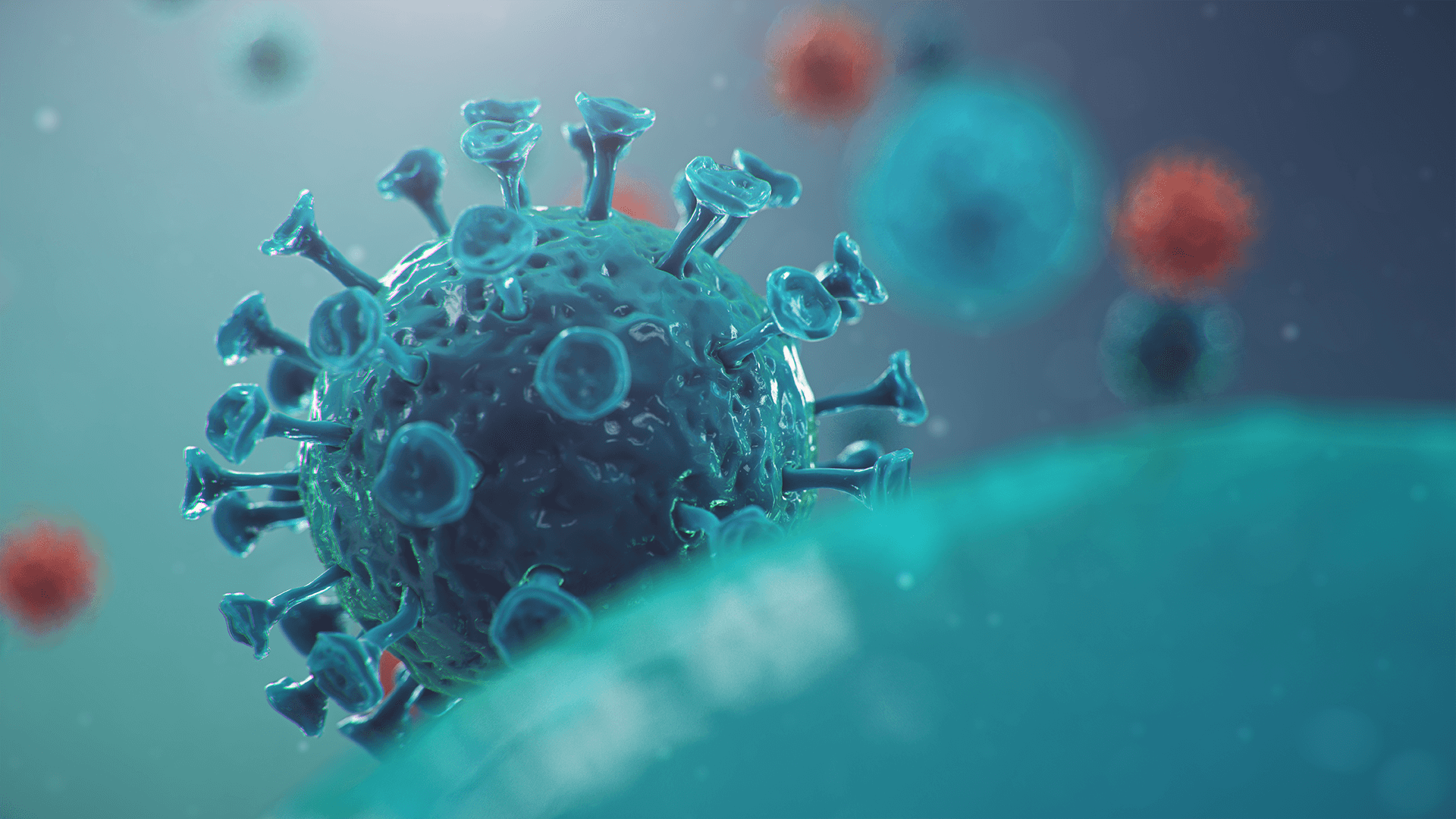We found 41 results that contain "human"
Posted on: #iteachmsu


Posted by
over 4 years ago
Artificial intelligence (AI) refers to the simulation of human intelligence in machines that are programmed to think like humans and mimic their actions. The term may also be applied to any machine that exhibits traits associated with a human mind such as learning and problem-solving.
Posted on: #iteachmsu



Posted by
over 4 years ago

Second post
: Artificial intelligence (AI) refers to the simulation of human intelligence in machines that are programmed to think like humans and mimic their actions. The term may also be applied to any machine that exhibits traits associated with a human mind such as learning and problem-solving.
: Artificial intelligence (AI) refers to the simulation of human intelligence in machines that are programmed to think like humans and mimic their actions. The term may also be applied to any machine that exhibits traits associated with a human mind such as learning and problem-solving.
Navigating Context
Posted on: #iteachmsu



Posted by
almost 5 years ago

When soldiers are teamed with robots, the human need to interfere may negate the benefits of robotic assistance, a new US military project has discovered. But letting military artificial intelligence proceed without human supervision raises troubling ethical questions.
Read more: https://www.newscientist.com/article/2261842-military-robots-perform-worse-when-humans-wont-stop-interrupting-them/#ixzz6gJKPa7Tv
Read more: https://www.newscientist.com/article/2261842-military-robots-perform-worse-when-humans-wont-stop-interrupting-them/#ixzz6gJKPa7Tv
Navigating Context
Posted on: #iteachmsu



Posted by
over 4 years ago

Genetics: The scientific study of heredity. Genetics pertains to humans and all other organisms. So, for example, there is human genetics, mouse genetics, fruit fly genetics, etc.
Human genetics today comprises a number of overlapping fields, including:
Classical or formal genetics -- the study of the transmission of single genes within families and the analysis of more complex types of inheritance.
Clinical genetics -- the diagnosis, prognosis and, in some cases, the treatment of genetic diseases.
REF: https://www.medicinenet.com/genetics/definition.htm
Human genetics today comprises a number of overlapping fields, including:
Classical or formal genetics -- the study of the transmission of single genes within families and the analysis of more complex types of inheritance.
Clinical genetics -- the diagnosis, prognosis and, in some cases, the treatment of genetic diseases.
REF: https://www.medicinenet.com/genetics/definition.htm
Disciplinary Content
Posted on: #iteachmsu



Posted by
over 6 years ago

Science and technology is a topic that encompasses science, technology, and the interactions between the two. Science is a systematic enterprise that builds and organizes knowledge in the form of explanations and predictions about nature and the universe. Technology is the collection of techniques, methods or processes used in the production of goods or services or in the accomplishment of objectives, such as scientific investigation, or any other consumer demands.
Science may drive technological development, by generating demand for new instruments to address a scientific question, or by illustrating technical possibilities previously unconsidered. In turn, technology may drive scientific investigation, by creating demand for technological improvements that can only be produced through research, and by raising questions about the underlying principles that a new technology relies on.
For the majority of human history, technological improvements were achieved by chance, trial and error, or spontaneous inspiration. When the modern scientific enterprise matured in the Enlightenment, it primarily concerned itself with basic questions of nature. Research and development directed towards immediate technical application is a relatively recent occurrence, arising with the Industrial Revolution and becoming commonplace in the 20th century.
As academic fields, science and technology are often grouped with engineering and mathematics, as the STEM fields.
Science may drive technological development, by generating demand for new instruments to address a scientific question, or by illustrating technical possibilities previously unconsidered. In turn, technology may drive scientific investigation, by creating demand for technological improvements that can only be produced through research, and by raising questions about the underlying principles that a new technology relies on.
For the majority of human history, technological improvements were achieved by chance, trial and error, or spontaneous inspiration. When the modern scientific enterprise matured in the Enlightenment, it primarily concerned itself with basic questions of nature. Research and development directed towards immediate technical application is a relatively recent occurrence, arising with the Industrial Revolution and becoming commonplace in the 20th century.
As academic fields, science and technology are often grouped with engineering and mathematics, as the STEM fields.
Disciplinary Content
Posted on: #iteachmsu


Posted by
over 6 years ago
Reinforcement Learning
Reinforcement learning is a subfield of machine learning in which systems are trained by receiving virtual "rewards" or "punishments," essentially learning by trial and error. Google's DeepMind has used reinforcement learning to beat a human champion in the Go games. Reinforcement learning is also used in video games to improve the gaming experience by providing smarter bot.
One of the most famous algorithms are:
Q-learning
Deep Q network
State-Action-Reward-State-Action (SARSA)
Deep Deterministic Policy Gradient (DDPG)
Reinforcement learning is a subfield of machine learning in which systems are trained by receiving virtual "rewards" or "punishments," essentially learning by trial and error. Google's DeepMind has used reinforcement learning to beat a human champion in the Go games. Reinforcement learning is also used in video games to improve the gaming experience by providing smarter bot.
One of the most famous algorithms are:
Q-learning
Deep Q network
State-Action-Reward-State-Action (SARSA)
Deep Deterministic Policy Gradient (DDPG)
Navigating Context
Posted on: #iteachmsu



Posted by
almost 2 years ago

Science & technology is a topic that encompasses science, technology, and the interactions between the two. Science is a systematic enterprise that builds and organizes knowledge in the form of explanations and predictions about nature and the universe. Technology is the collection of techniques, methods or processes used in the production of goods or services or in the accomplishment of objectives, such as scientific investigation, or any other consumer demands.
Science may drive technological development, by generating demand for new instruments to address a scientific question, or by illustrating technical possibilities previously unconsidered. In turn, technology may drive scientific investigation, by creating demand for technological improvements that can only be produced through research, and by raising questions about the underlying principles that a new technology relies on.
For the majority of human history, technological improvements were achieved by chance, trial and error, or spontaneous inspiration. When the modern scientific enterprise matured in the Enlightenment, it primarily concerned itself with basic questions of nature. Research and development directed towards immediate technical application is a relatively recent occurrence, arising with the Industrial Revolution and becoming commonplace in the 20th century.
As academic fields, science and technology are often grouped with engineering and mathematics, as the STEM fields.
Science may drive technological development, by generating demand for new instruments to address a scientific question, or by illustrating technical possibilities previously unconsidered. In turn, technology may drive scientific investigation, by creating demand for technological improvements that can only be produced through research, and by raising questions about the underlying principles that a new technology relies on.
For the majority of human history, technological improvements were achieved by chance, trial and error, or spontaneous inspiration. When the modern scientific enterprise matured in the Enlightenment, it primarily concerned itself with basic questions of nature. Research and development directed towards immediate technical application is a relatively recent occurrence, arising with the Industrial Revolution and becoming commonplace in the 20th century.
As academic fields, science and technology are often grouped with engineering and mathematics, as the STEM fields.
Disciplinary Content
Posted on: #iteachmsu


Posted by
over 4 years ago
The primary aim of Global Citizenship Education (GCED) is nurturing respect for all, building a sense of belonging to common humanity, and helping learners become responsible and active global citizens. GCED aims to empower learners to assume active roles to face and resolve global challenges and to become proactive contributors to a more peaceful, tolerant, inclusive,
